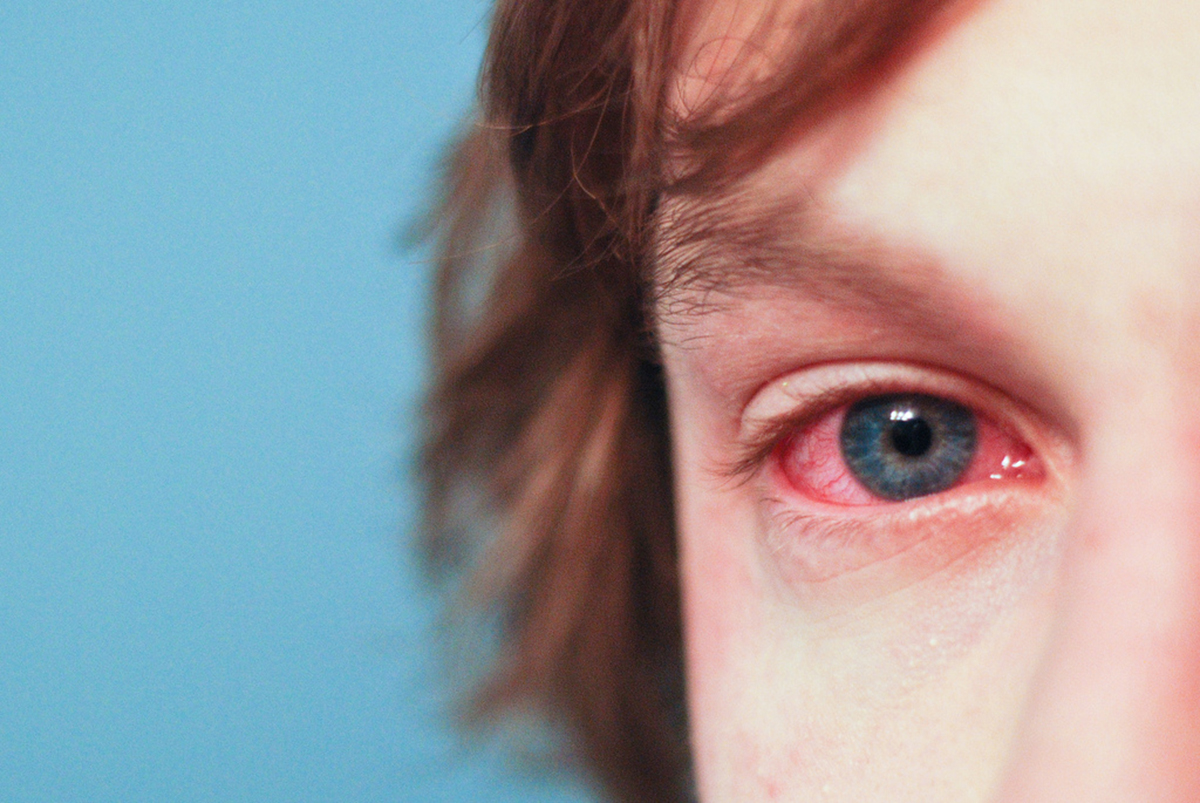Though there are many types of medications that people can take to alleviate allergy symptoms, choosing one can be very confusing. It is important to know which medication might work better for you and which symptoms each one treats. Allergy drugs are available in pill, liquid, inhaler, nasal spray, eye drops and skin cream form.
Antihistamines: What Are They?
Antihistamines block the release of histamines, the chemicals that cause the symptoms of an allergic reaction, in the body. These are available in over-the-counter and in prescription strengths. The over-the-counter variety can be purchased at your local pharmacy.

Some examples of over-the-counter antihistamines include:
- Fexofenadine (Allegra®)
- Diphenhydramine (Benadryl®)
- Brompheniramine (Dimetane)
- Loratadine (Claritin® and Alavert®)
- Clemastine (Tavist®)
- Chlorpheniramine (Chlor-Trimeton®)
- Certirizine (Zyrtec®)
To treat the symptoms of eye allergies, a person could take Emadine and/or Livostin. Some medicines such as Allegra-D, Zyrtec-D and Claritin-D use a combination of antihistamine and decongestant to aid in alleviating nasal and head congestion.
Note that some antihistamines — like Benadryl and Chlorpheniramine — can cause fatigue and/or drowsiness. It is important to exercise caution while driving or engaging in other potentially risky activities if you do take these medications, but some people prefer to stay away from them altogether. If you wish to take something that will be less likely to cause drowsiness, you may want to try cetirizine, loratadine, or fexofenadine.
Nasal spray antihistamines help alleviate sneezes, itchy and runny noses, congestion in the sinus cavity and postnasal drip in the nose and throat. There are side effects from using a nasal spray antihistamine and it can include a bitter taste in the mouth and/or throat, drowsiness or fatigue. Over-the-counter allergy sprays include the brands Flonase®, Nasacort®, NasalCrom®, and Zicam®.
Antihistamine eye drops are available over-the-counter and they can make itchy, watery eyes feel much better. These drops may possibly contain a combination of antihistamines and other medications. The most common side effects associated with antihistamine eye drops include headache and dry eyes. If the drops burn or sting with putting them in, a person may be able to alleviate this effect by storing the drops in the fridge before using.
What Are Decongestants?
Decongestants are a bit different than antihistamines: these medications are used for quick, temporary relief of sinus congestion. These drugs may cause someone to experience insomnia, irritability, headache and an elevation in blood pressure. In many states pseudoephedrine is available from behind the pharmacy counter, due to the drug being used in the manufacturing of methamphetamine. However, it is still considered an over-the-counter medication.
READ Long-Acting Allergy Vaccines On The Way
Oral decongestants provide relief of sinus and nasal congestion caused by allergic rhinitis. A lot of these medications contain a combination of medicines and examples include:
- Zyrtect-D® (combination of cetirizine and pseudoephedrine)
- Claritin-D® (combination of loratadine and pseudoephedrine)
- Allegra-D® (combination of fexofenadine and pseudoephedrine)
Which Allergy Medication Is Right For You?
Decongestants: Sprays And Drops
Nasal decongestant drops and sprays alleviate nasal and sinus congestion, if used for a short period of time. If a person uses these medications for more than three days, it can result in worsening of the congestion or start the cycle of recurrence. Some examples of these drugs include:
- Tyzine (tetrahydrozoline)
- Afrin, Dristan, etc. (oxymetazoline)

Corticosteroids
Corticosteroid drugs relieve the symptoms of sinus congestion by blocking allergy-related inflammation. Most of these medications require a prescription from a medical physician.
Corticosteroid nasal sprays prevent and ease nasal stuffiness, sneezing and runny nose. The side effects can include an unpleasant taste or smell, nosebleeds and irritation. Examples of a corticosteroid nasal spray include; Nasacort Allergy 24 Hour ®, Nasonex®, and Flonase®.
Mast Cell Stabilizers
These medications block the release of the immune system chemicals that set off an allergic reaction. Mast cell stabilizers are typically safe, but will usually have to be used for several days to reach their full effect. Usually, these medications are used when antihistamines are not working or not tolerated very well.
What To Know About Allergies
Diagnosing an allergy is a complicated process and it involves more than administering skin prick tests or a blood test. There are many factors that are involved in diagnosing an allergy and developing an effective treatment protocol. The American College of Allergy, Asthma & Immunology reports that there are between 40 and 50 million people in America who suffer from allergies or asthma. These diseases are so common it may seem like diagnosing and treating them is a straightforward process, but it’s not that simple.
An allergy specialist may need to do the following things in order to diagnose an allergy:
- Perform extensive allergy testing
- Identify the source of a person’s allergy
- Accurately diagnose the condition
- Treatment could involve more than just alleviating the symptoms
- Develop a personalized plan for elimination and controlling of the allergy symptoms
- Provide a patient with the most cost-effective treatment that will yield the best results
Prognosis
There are many types of over-the-counter anti-allergy medications available to help provide relief of allergy symptoms. However, the choice of medication and treatment will depend on receiving a diagnosis and treatment plan from a trained allergist. Before taking any type of new medications, it is important to visit your physician to determine which course of action would work best.
With medication, a treatment plan and possibly seeking the assistance of an allergy specialist, you no longer have to suffer with the symptoms of an allergy and relief may be possible.
- Photo courtesy of bark via Flickr: www.flickr.com/photos/barkbud/4442567528
- Photo courtesy of bark via Flickr: www.flickr.com/photos/barkbud/4442567528
- Photo courtesy of theapoc via Flickr: www.flickr.com/photos/nub/5467820826
- www.mayoclinic.org/diseases-conditions/allergies/in-depth/allergy-medications/art-20047403
- http://www.consumerreports.org/cro/2013/07/treating-allergies-with-antihistamines/index.htm https://www.aafa.org/display.cfm?id=9&sub=24&cont=346
- www.healthnewsreview.org/review/non-prescription-allergy-relief-what-you-need-to-know/
- http://consumerhealthchoices.org/wp-content/uploads/2012/02/BBD-Antihistamines-Full.pdf http://acaai.org/allergies/treatment/diagnosis


Your thoughts on this